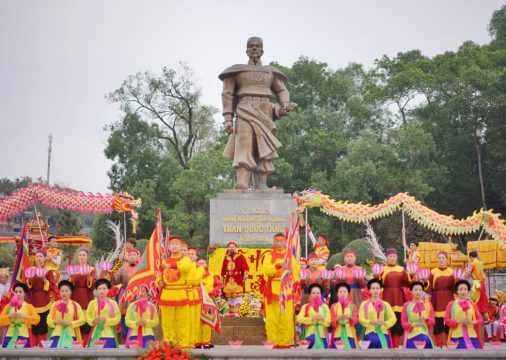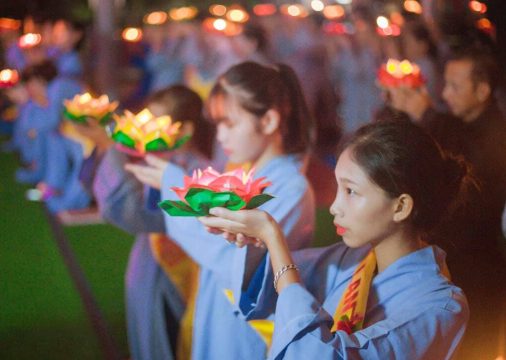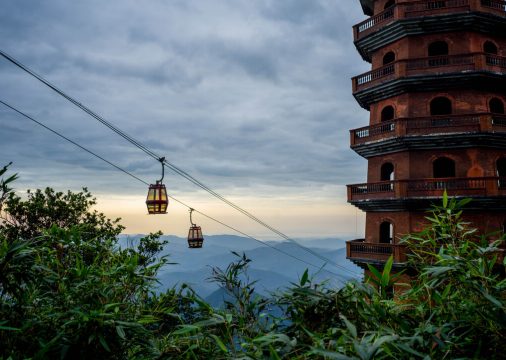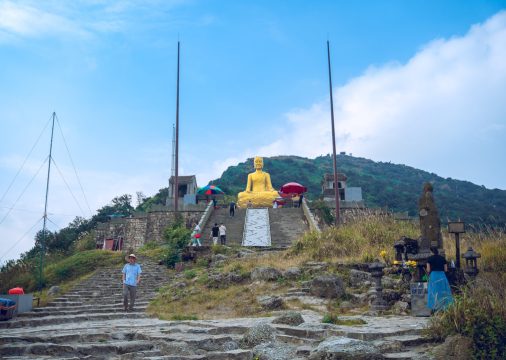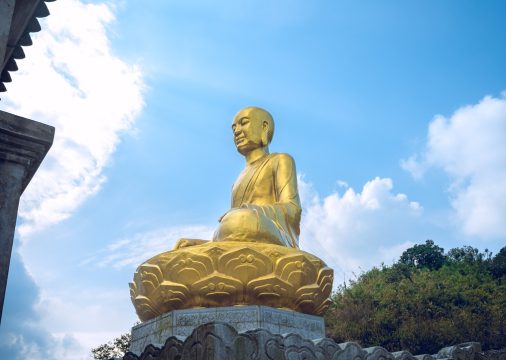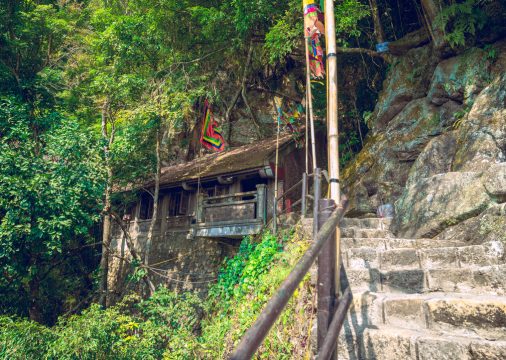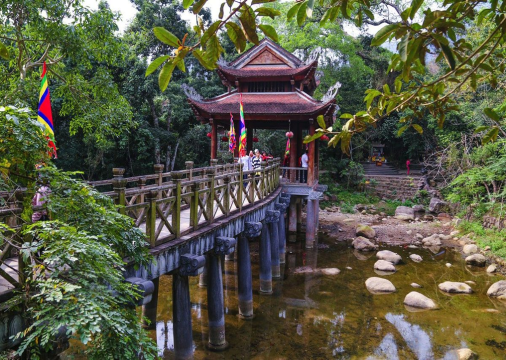UNESCO Recognition of the Yen Tu – Vinh Nghiem – Con Son, Kiep Bac Complex
UNESCO Recognition of the Yen Tu – Vinh Nghiem – Con Son, Kiep Bac Complex
On July 12, 2025, UNESCO officially inscribed the Yen Tu – Vinh Nghiem – Con Son – Kiep Bac Complex as a World Cultural Heritage Site, honoring its profound historical, spiritual, and cultural significance tied to the Truc Lam Zen Buddhism—a uniquely Vietnamese Buddhist tradition founded in the 13th century.
A Legacy of Vietnamese Zen Buddhism
Originating under the reign of King-Monk Tran Nhan Tong, Truc Lam Zen Buddhism is not only a religious path but also a philosophy deeply embedded in Vietnamese identity. The complex stands as a testament to how Buddhism, particularly Truc Lam, contributed to shaping national ethics, governance, and peaceful societal development.
UNESCO recognized the site for its Outstanding Universal Value (OUV), particularly the way it reflects the harmonization between spirituality, nature, and cultural resilience. This heritage is a living expression of Vietnamese people’s pursuit of balance, mindfulness, and peace over centuries.
A Cross-Provincial Sacred Landscape

Spanning three northern provinces—Quang Ninh, Bac Ninh, and Hai Phong—the complex includes:
- Yen Tu Mountain with its famous pilgrimage path and pagodas;
- Vinh Nghiem Pagoda, home to the largest collection of ancient woodblock prints and a key center of Buddhist education;
- Con Son – Kiep Bac complex, tied to historical figures like Tran Hung Dao and Nguyen Trai, blending spiritual legacy with patriotism.
The ensemble also comprises Bo Da, Thanh Mai, and other historically linked pagodas, creating a cohesive religious and cultural corridor that stretches across mountains, rivers, and forests.
Tangible and Intangible Heritage
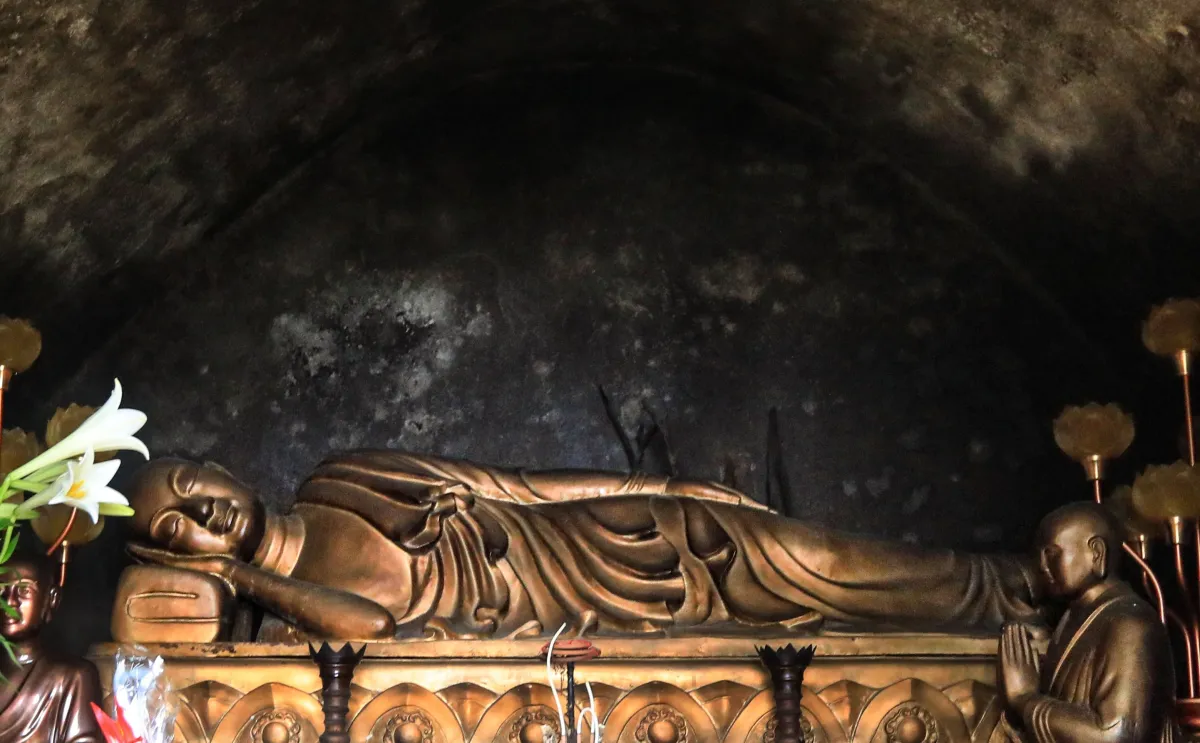
The site is distinguished by both:
- Tangible heritage: ancient temples, pagodas, steles, woodblocks, and architectural structures;
- Intangible heritage: Truc Lam rituals, teachings, pilgrimage customs, and annual festivals that continue to thrive today.
This combination offers a rich, multilayered insight into Vietnamese spirituality and cultural continuity, unlike any other heritage complex in Southeast Asia.
A Decade-Long Journey of Preservation

The heritage nomination journey began in 2013 with efforts from Quang Ninh Province, later joined by Bac Ninh and Hai Phong. The joint dossier submission reflected a rare and exemplary model of inter-provincial cooperation in heritage conservation.
The recognition is the result of persistent efforts by:
- Local authorities and communities;
- National leadership, including directives from the General Secretary, Prime Minister, and Deputy Prime Minister;
- Heritage experts and cultural institutions, particularly under the coordination of Assoc. Prof. Dr. Le Thi Thu Hien, head of Vietnam’s heritage expert team.
Global Significance & National Pride
This new UNESCO listing is Vietnam’s ninth World Heritage Site, and the first to highlight a spiritual-cultural network based on Zen Buddhist values.
Beyond international recognition, the designation strengthens Vietnam’s position as a nation rich in humanistic philosophy, cultural depth, and commitment to sustainable heritage management. It also opens new doors for cultural tourism, education, and global dialogue on spiritual heritage.
Discover more about Yen Tu Mountain HERE
Source: Vietnamplus










